The angled arms of the system pivot to allow the clamps to accommodate work up to 6" thick as well as apply pressure to the faces of the boards being clamped.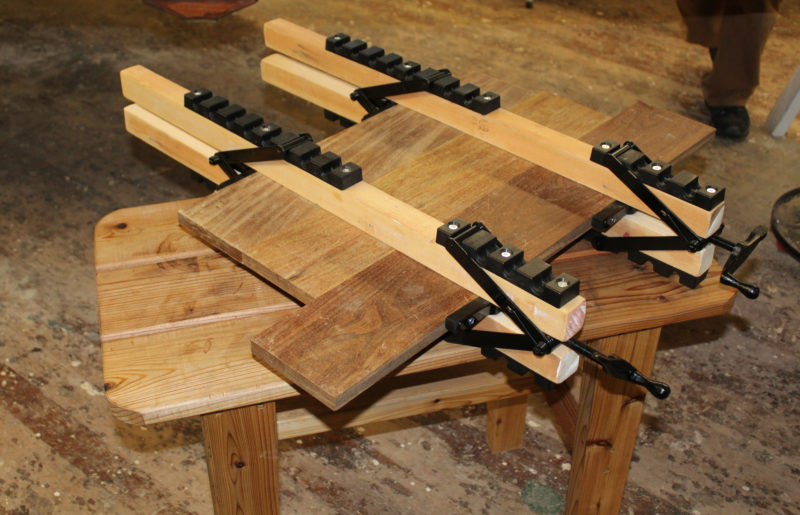 SBM photos
SBM photos
Join The Conversation
We welcome your comments about this article. If you’d like to include a photo or a video with your comment, please email the file or link.
Comments (3)
Comments are closed.
Stay On Course

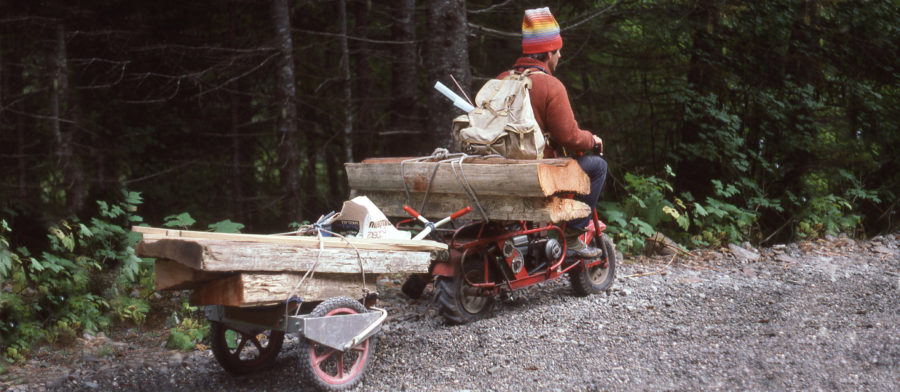
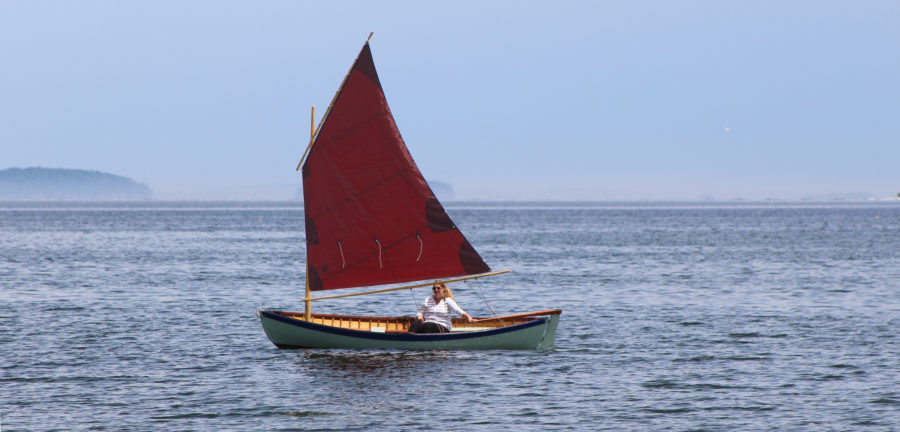
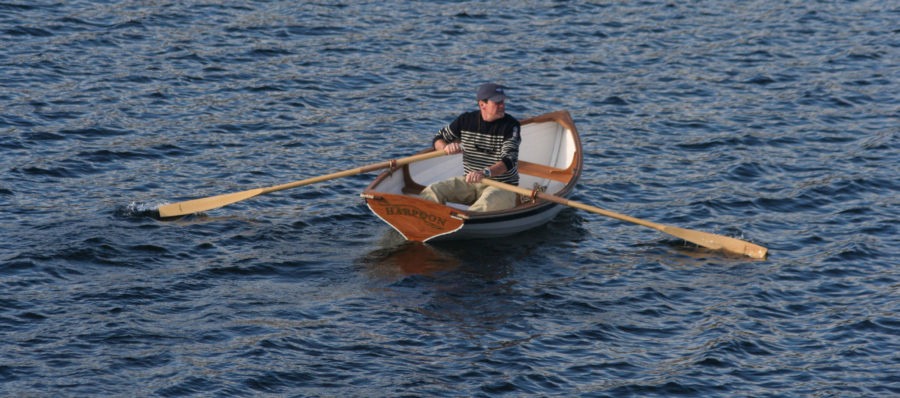

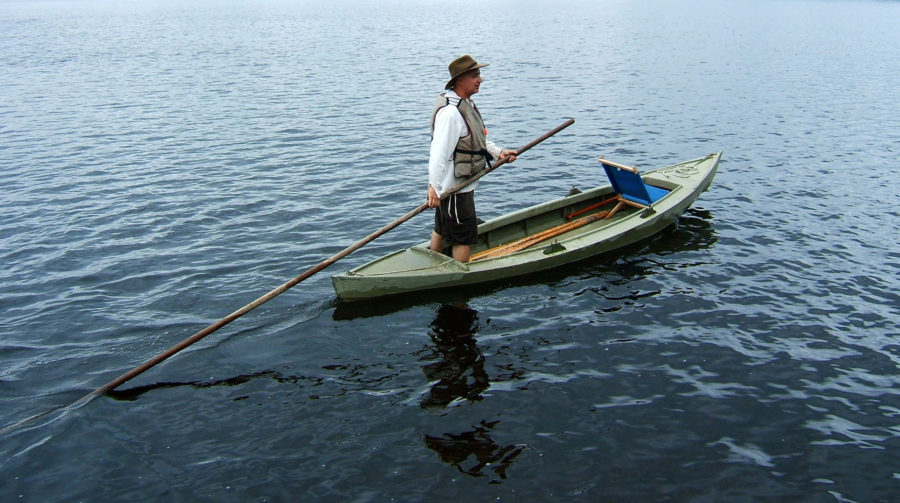
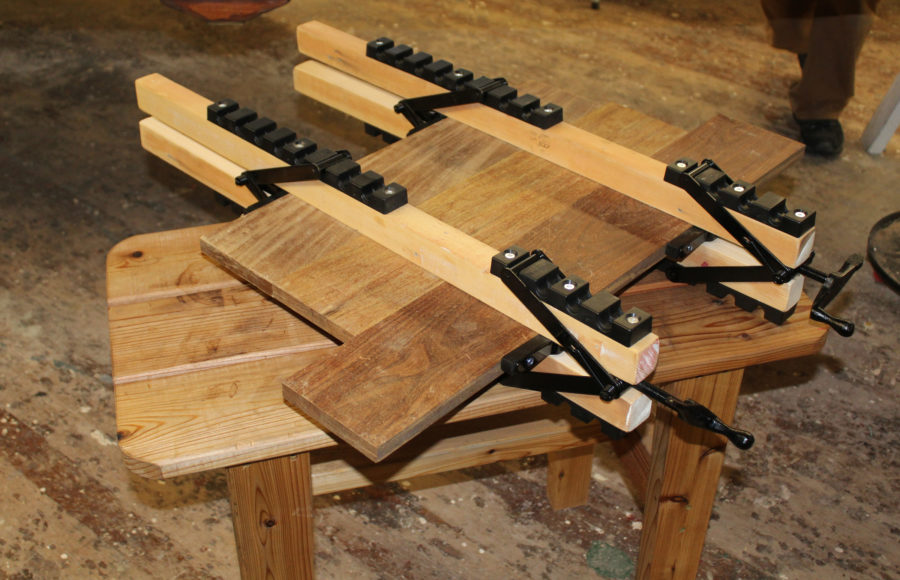
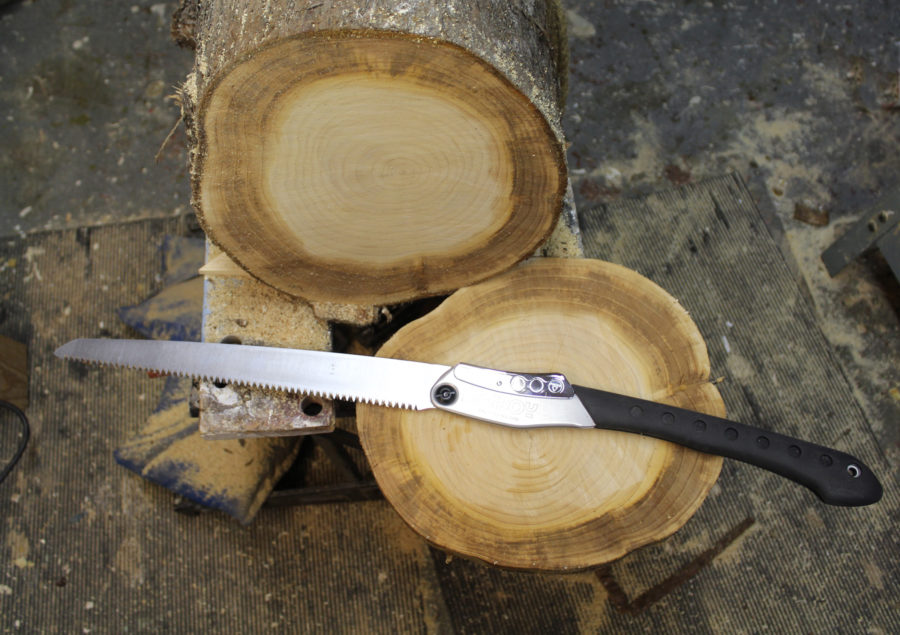
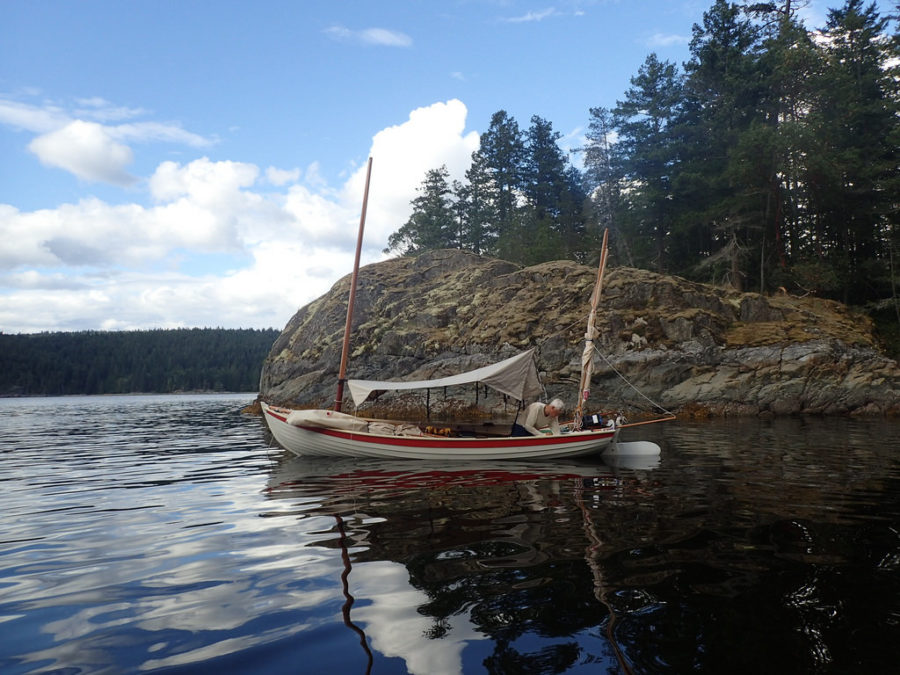
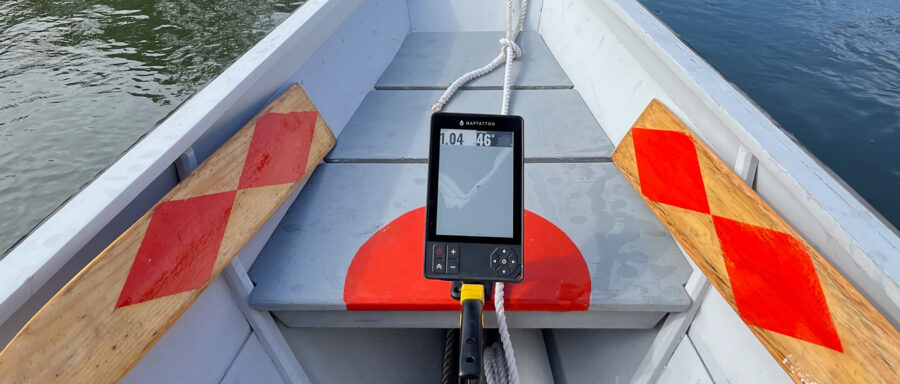
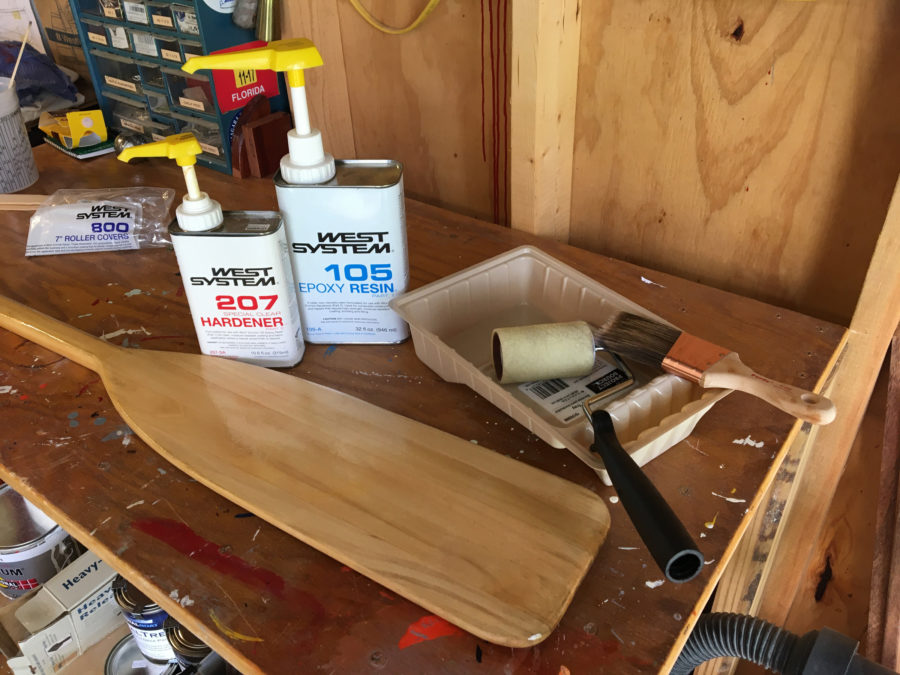

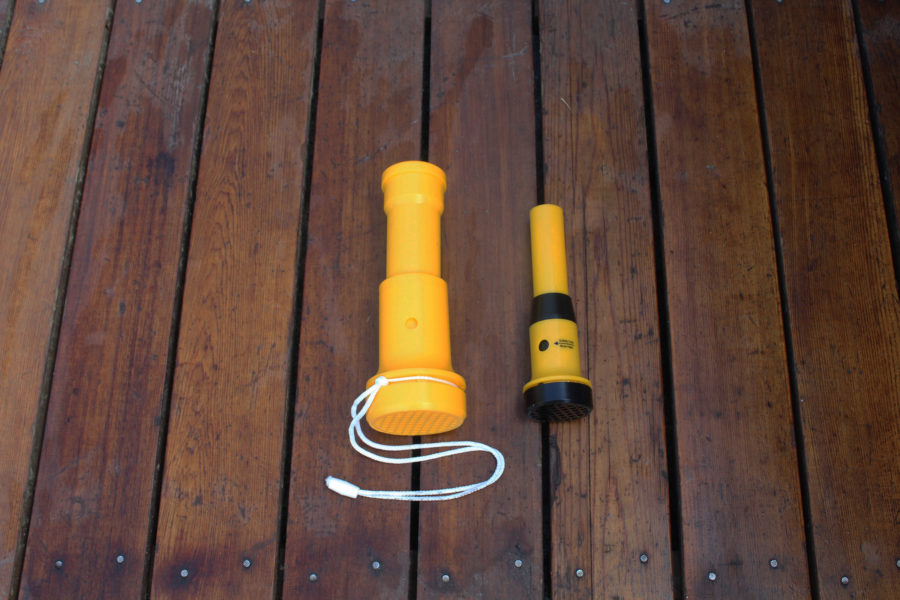
No matter how you clamp up a panel, the edges must be jointed square (and hopefully straight), to get a truly flat panel. I’ve also found that the wood bars need to be protected from the glue. I’ve used masking tape, waxed paper, and the plastic bags that come in cereal or cracker boxes. A tape/plastic combination works best. (My clamps are a homemade version of these).
test 3
I was looking at the Rockler version in the store the other day. One difference is that it doesn’t use the plastic pieces that get hooked onto, the clamping bars have to be notched. This could probably be done by picking wood twice as high, drilling holes and then ripping down the middle.